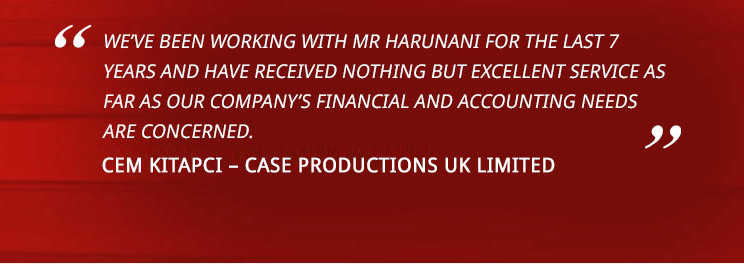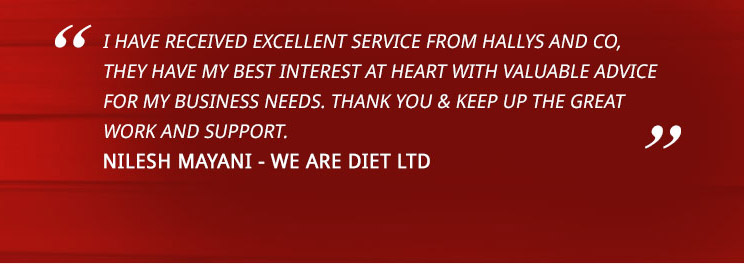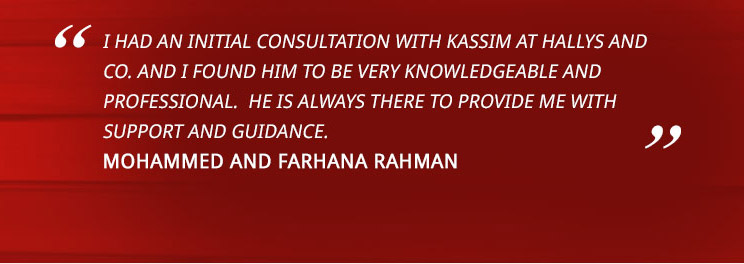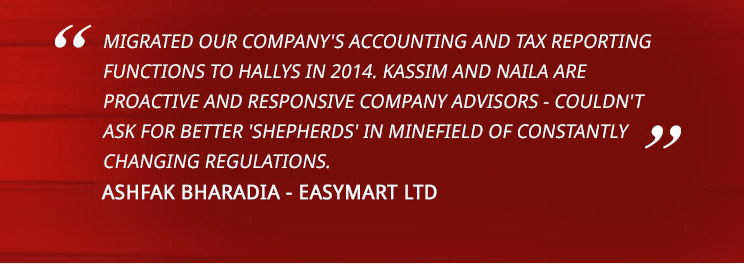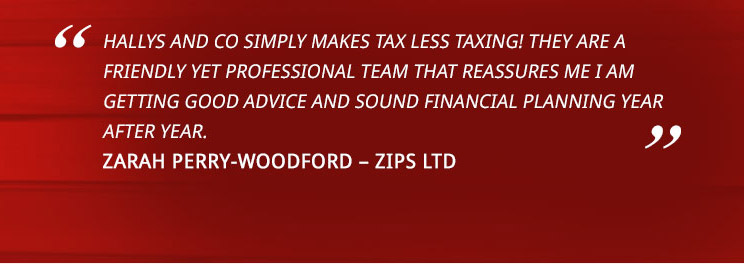The marriage allowance applies to married couples and those in a civil partnership where a spouse or civil partner does not pay tax or does not pay tax above the basic rate threshold for Income Tax (i.e., one of the couples must currently earn less than the £12,570 personal allowance for 2024-25).
The allowance works by permitting the lower earning partner to transfer up to £1,260 of their personal tax-free allowance to their spouse or civil partner. The marriage allowance can only be used when the recipient of the transfer (the higher earning partner) does not pay more than the basic 20% rate of income tax. This would usually mean that their income is between £12,571 and £50,270 during 2024-25.
For those living in Scotland this would usually mean income currently between £12,571 and £43,662.
Using the allowance, the lower earning partner can transfer up to £1,260 of their unused personal tax-free allowance to a spouse or civil partner. This could result in a saving of up to £252 for the recipient (20% of £1,260), or £21 a month for the current tax year.
If you meet the eligibility requirements and have not yet claimed the allowance, then you can backdate your claim as far back as 6 April 2020. This could result in a total tax break of up to £1,256 if you can claim for 2020-21, 2021-22, 2022-23, 2023-24 as well as the current 2024-25 tax year. If you claim now, you can backdate your claim for four years (if eligible) as well as for the current tax year.
HMRC’s online Marriage Allowance calculator can be used by couples to find out if they are eligible for the relief. An application can then be made online at GOV.UK.



